MINAMISANRIKU 311 Memorial Archives
南三陸311メモリアル アーカイブス
Digital Archives of the Great East Japan Earthquake
-
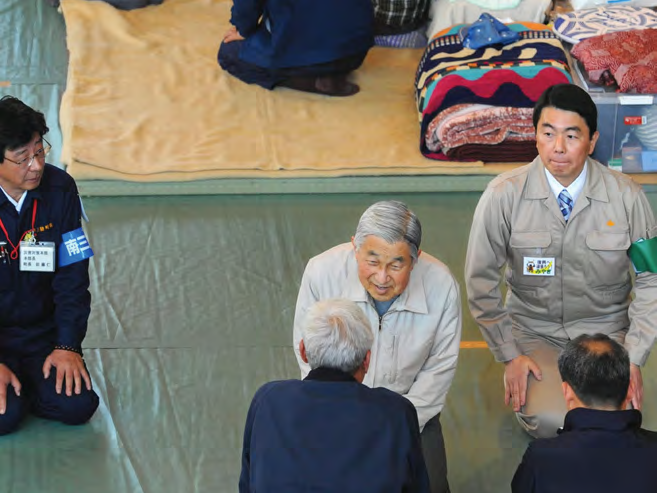
Visit by Their Majesties the Emperor and Empress
-
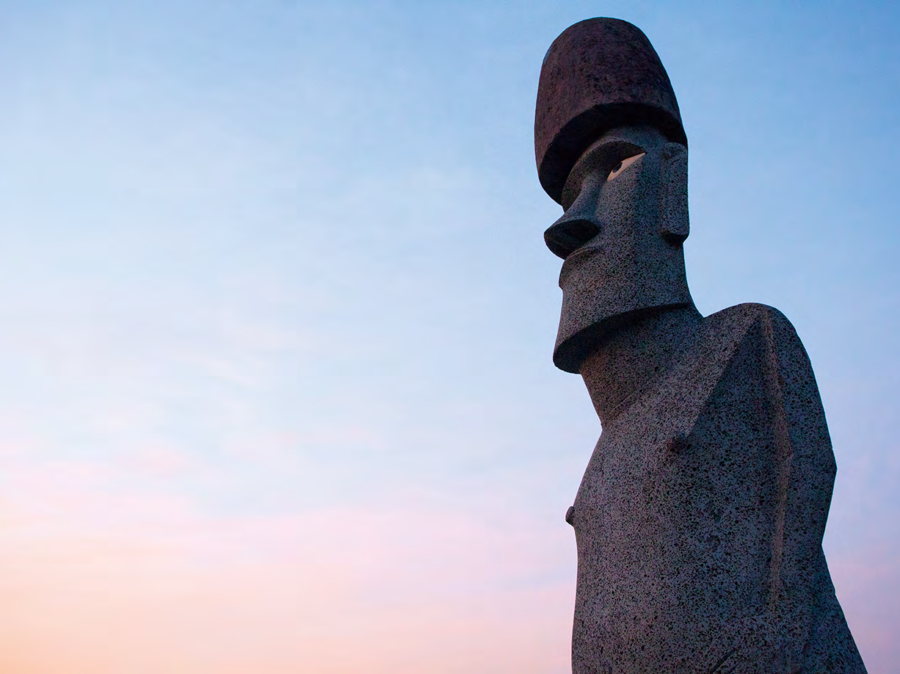
Friendship with Chile Forged by Tsunamis
-
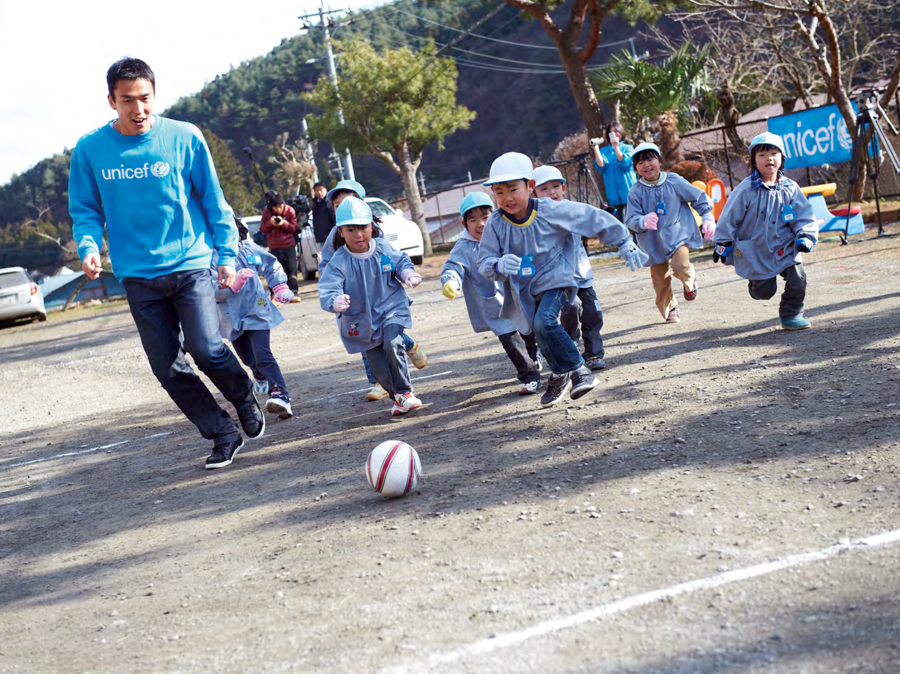
Heartwarming Support from All over the World: Cheering on the Town's Children
-
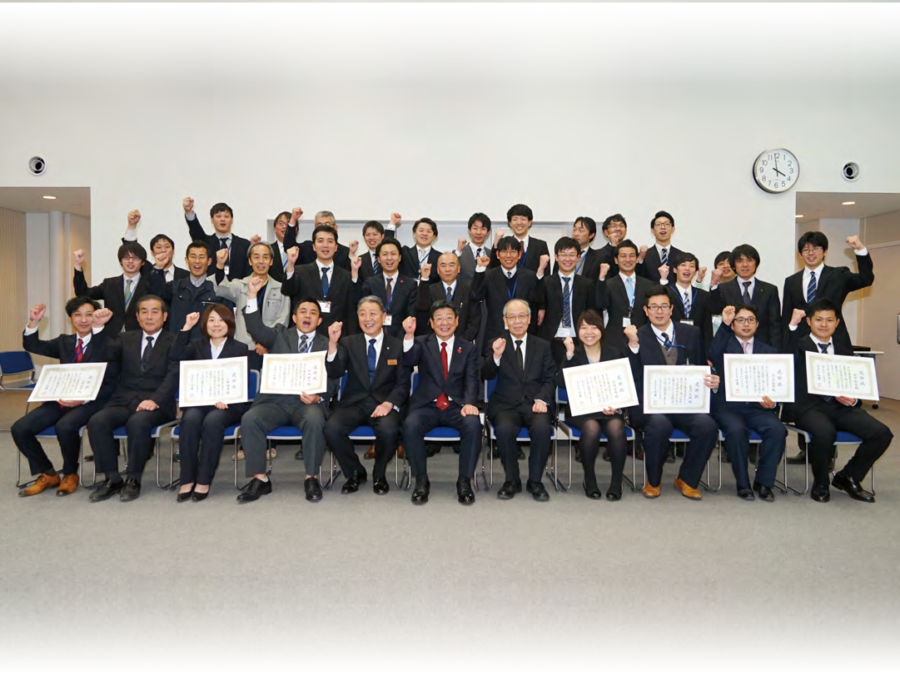
Supported by Dispatched Staff: The Battle-Ready Experts Who Came to Help
-
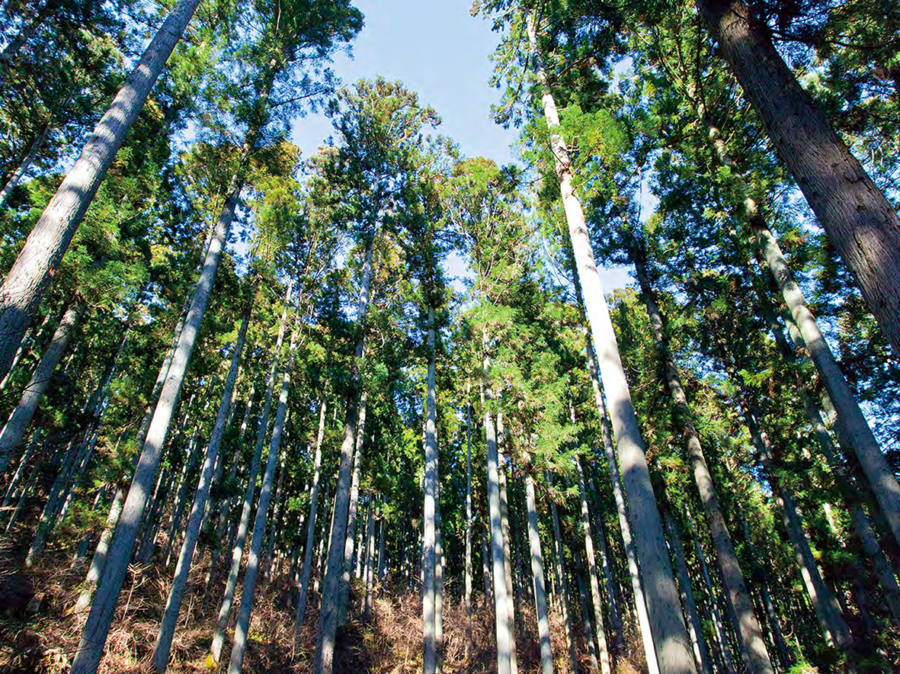
Recovery of the Forestry Industry: Realizing the Vision of “A Town Where Lives Circulate”
-

Reopening Schools: Protecting Children’s Learning
-
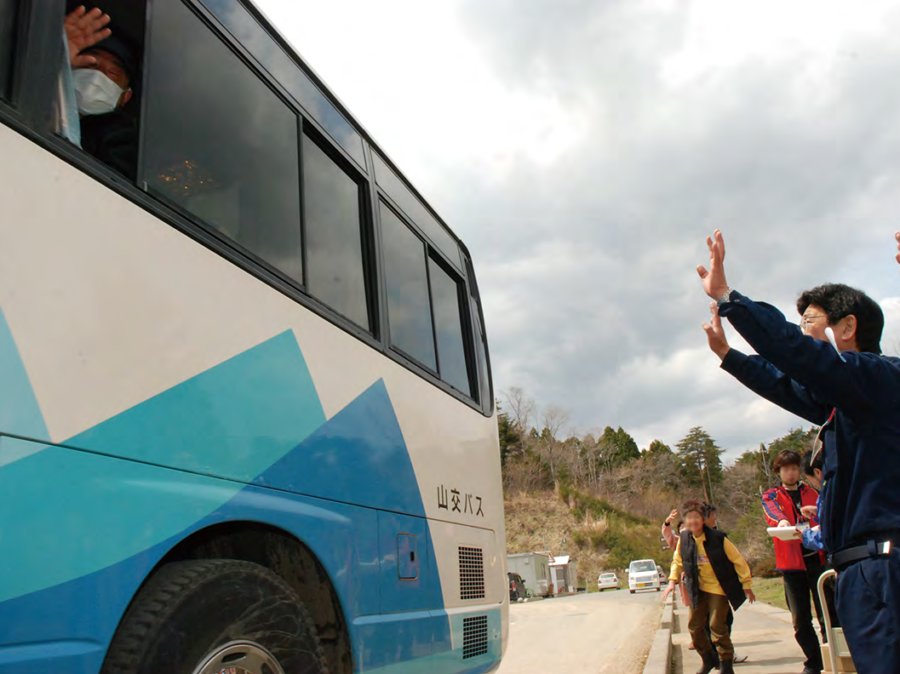
Feeling the Tug of Longing While Leaving One’s Hometown: The Choice of Secondary Evacuation
-
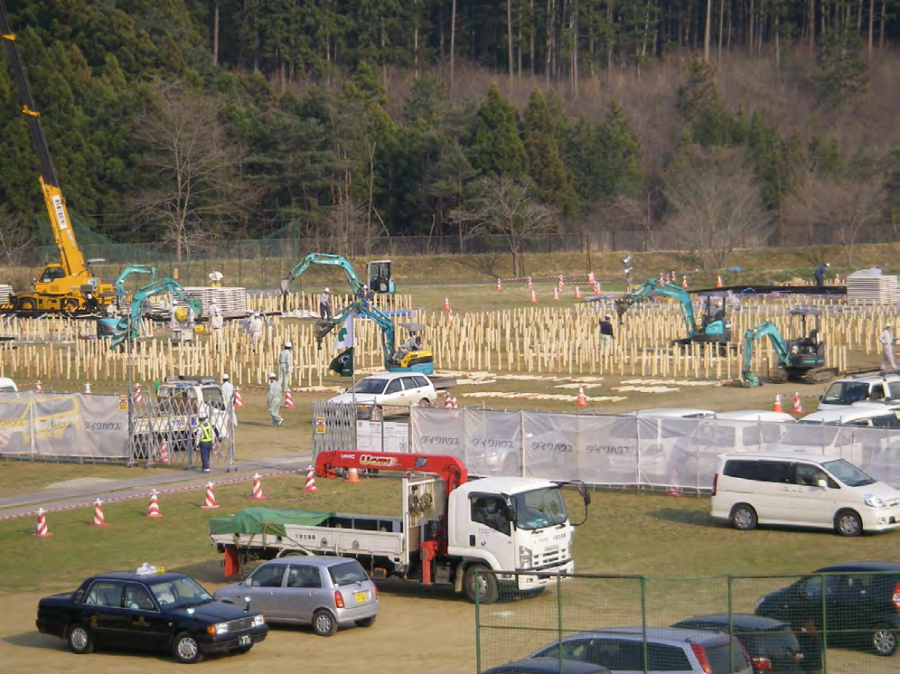
Construction of Temporary Housing at 58 Locations Within and Outside the Town
-
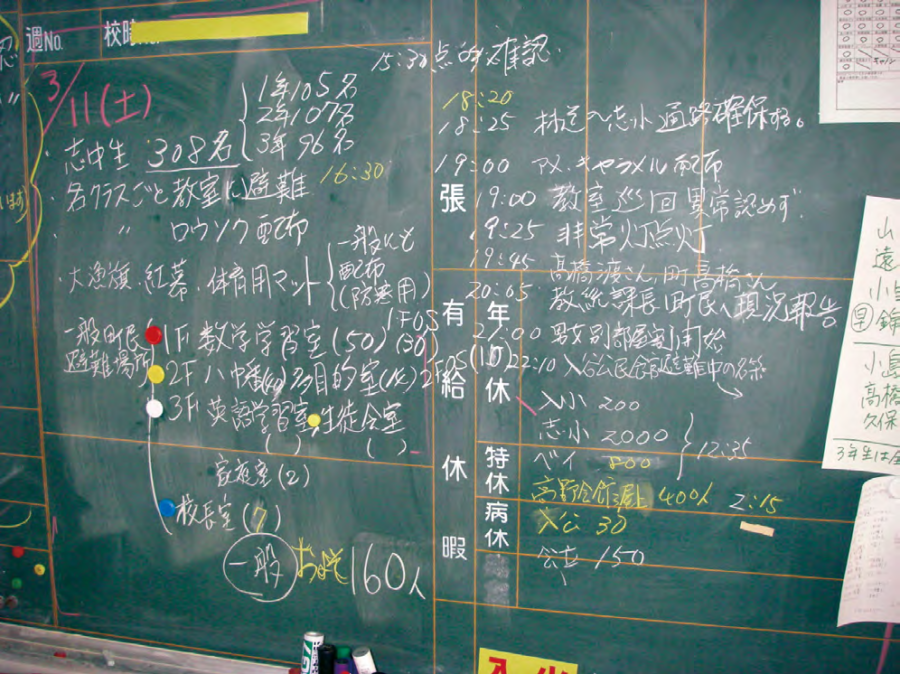
Teachers and School Staff Struggle in the Confusion Immediately After the Earthquake
-
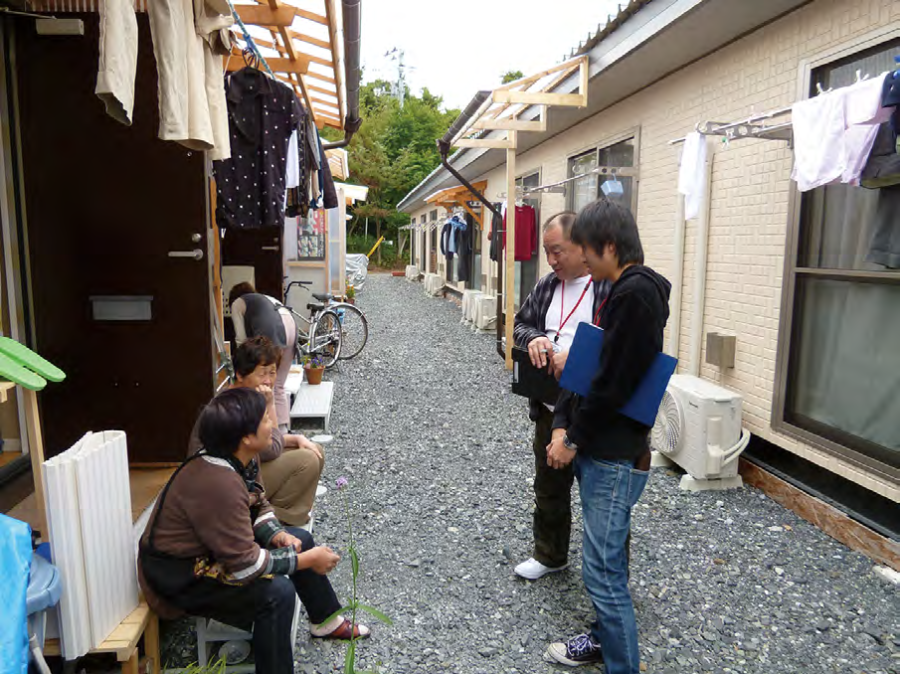
Minamisanriku Method in Social Workers Programs: Residents Affected by the Disaster Become Leaders of the Program
-
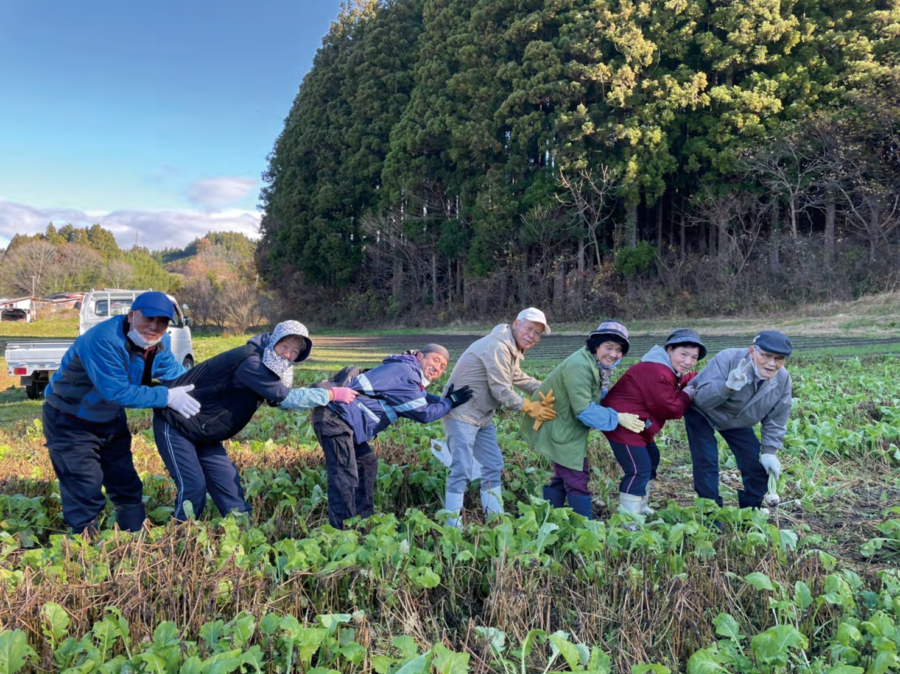
“Hot Bank,” a Place for Residents to Support One Another and Spark the Joys of Living
-
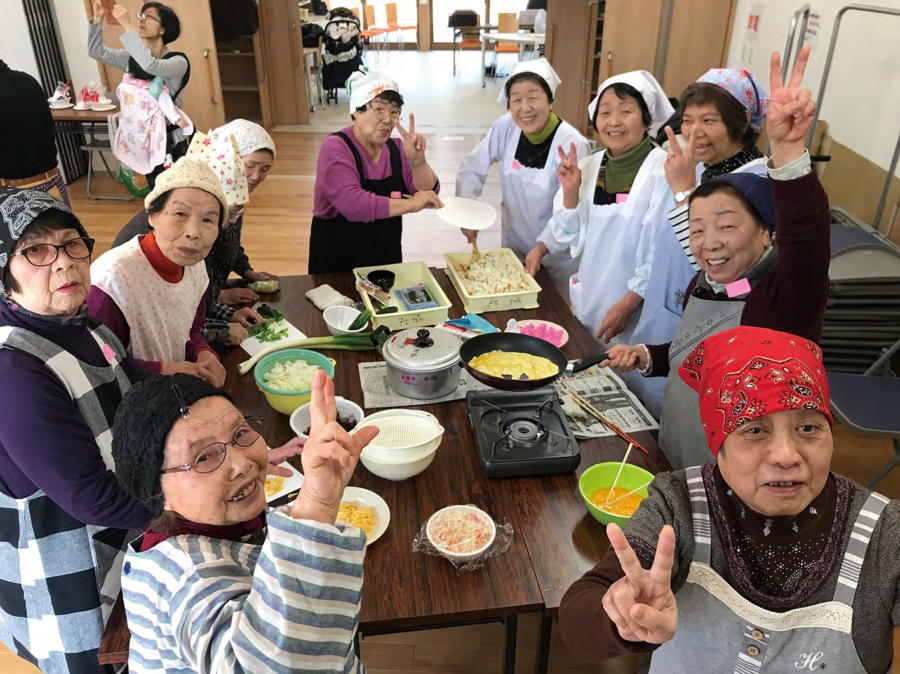
“Everyone’s Diner,” Bringing People Together Over Delicious Food
-
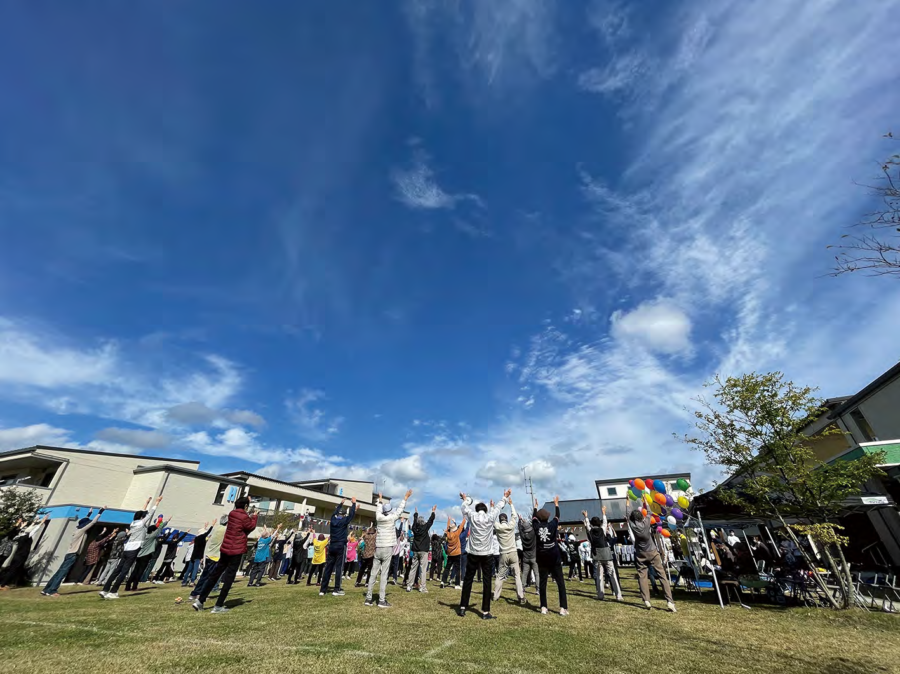
“A Sports Day Without Running,” Nurturing Community Circles Across Generations
-
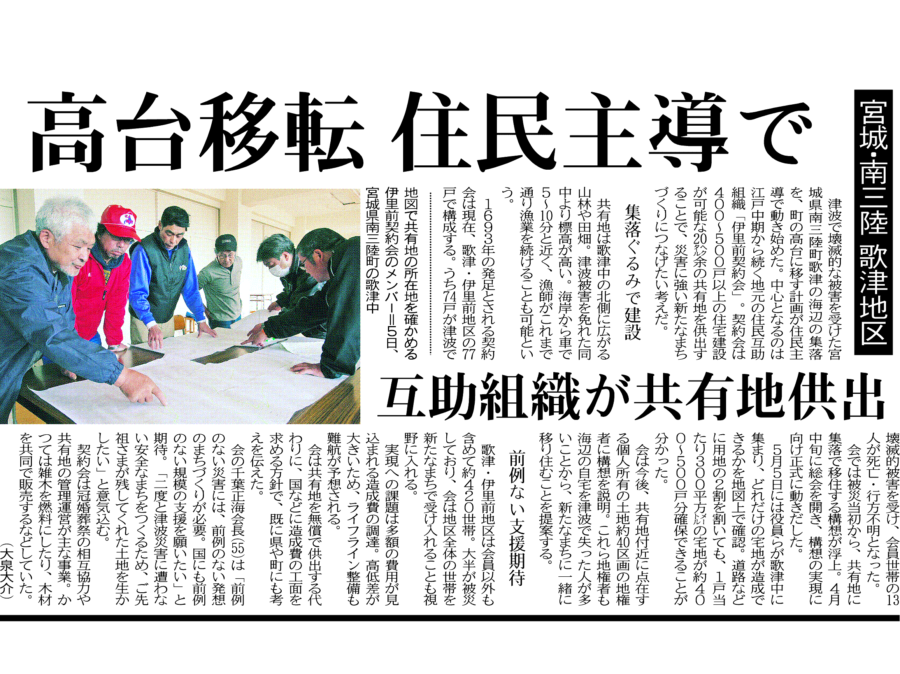
Moving to Higher Ground: Quickly Deciding on Collective Relocation for Disaster Prevention
-
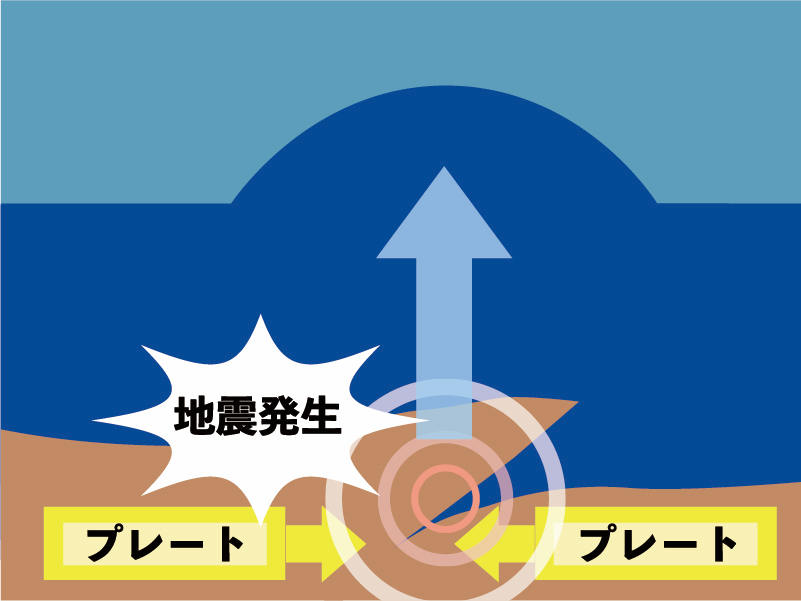
What Is a Tsunami? How Do Tsunamis Occur?
-

What Is a Tsunami? Tsunami Height Depends on Topography
-

What Is a Tsunami? How Fast Are Tsunamis?
-
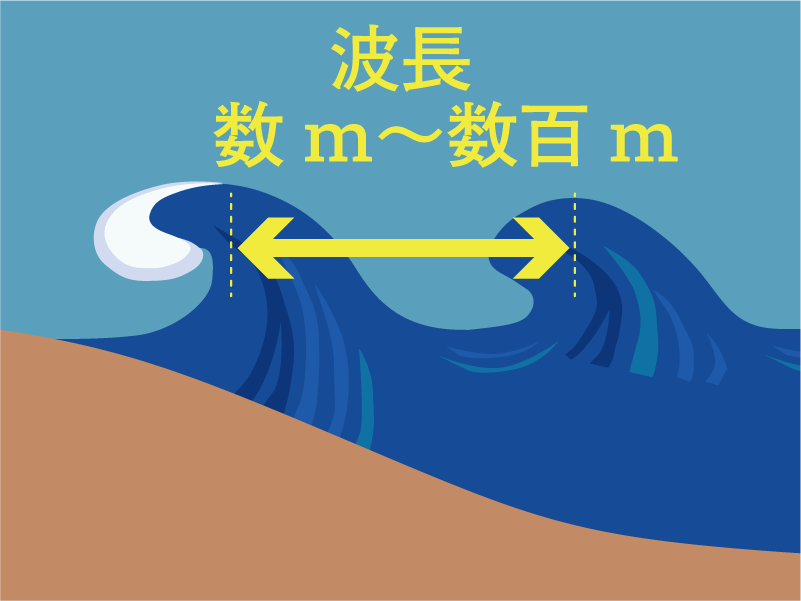
What Is a Tsunami? How Powerful Are Tsunamis?
-
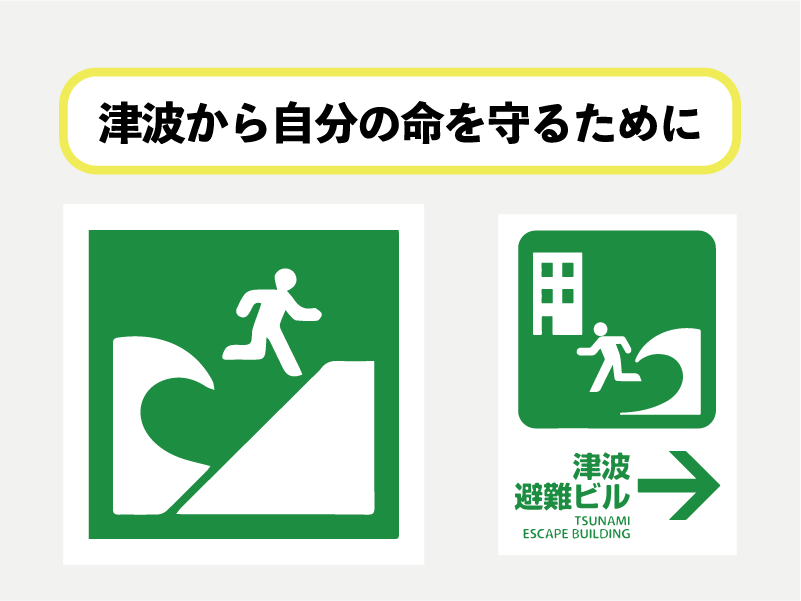
Saving Lives from a Tsunami 1 To Protect Yourself from a Tsunami
-
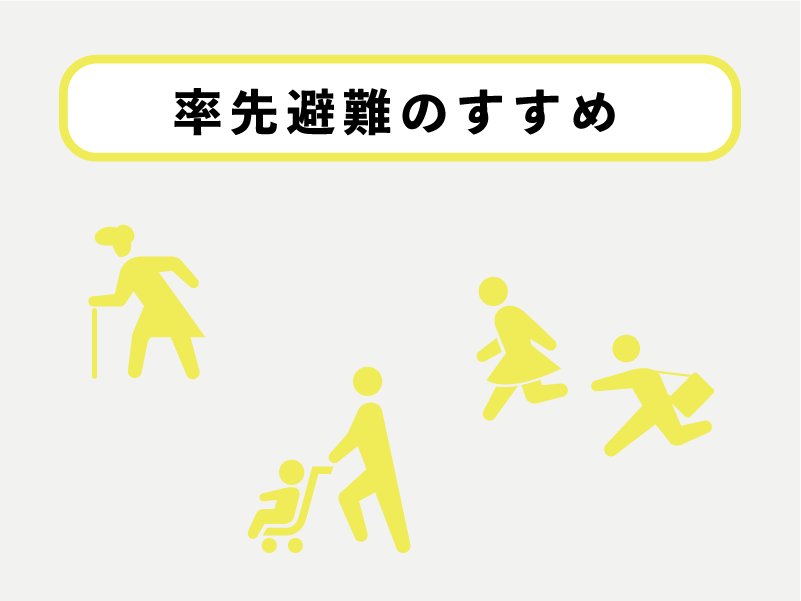
Saving Lives from a Tsunami 2 Recommendations for Proactive Evacuation
-

The Great Chilean Earthquake Tsunami and Minamisanriku: Were the Lessons of 1960 Called Upon?
